13 Families Who Could Star in Their Own Dramatic Soap Opera

The “dark days” are mysterious natural phenomena that have occurred only a few times in the history of humankind. We can write them off as eclipses or “just some weather events.” But in reality, they’re very creepy, and we have no idea why they happen.
So, what are these “dark days” anyway? What’s so strange about them? Let’s try to find out. “The Sun is off. What are we gonna do?” That’s what the residents of Yamal, Siberia, asked meteorologists on September 18, 1938.
In the morning, instead of going to work, they all gathered at the weather station. They were waiting for answers. All because on that day, they observed something inexplicable. An “eclipse,” which they later nicknamed “the black day.” And neither astronomers nor meteorologists can explain what happened back then.
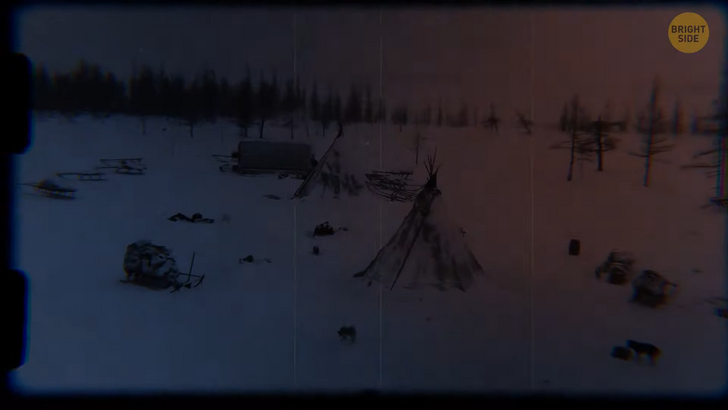
Here is how one of them described this event, “At 8.30 AM, we noted a decrease in light. At the same time, the color of the clouds began to acquire a yellowish-brown, sometimes red-brown hue. By 9 AM, the lighting had changed dramatically. It was as if you were looking at the world through a dark light filter. The brown tones of the clouds intensified. By 10.30 AM, the sky and Earth didn’t differ from each other in lighting and color. Everything seemed homogeneous — black, absolutely devoid of light.” Pretty creepy, right? And that’s not all.
The city was also plunged into complete radio silence. Meteorologists couldn’t even contact the authorities, and local residents were unable to set up any stations. Everyone was in the dark — both literally and figuratively. Meteorologists decided to try and launch several flares. The flares soared into the air toward the heavy dark clouds hanging over the city... and disappeared. The clouds were so dense that the flares were completely invisible.
At the same time, the weather was perfectly fine. Everything was quiet. And this black silence lasted for about an hour. After that, the “black day” ended as unexpectedly as it began. Even more baffling, those strange clouds left literally no trace. No rain, no dust, nothing. After that event, researchers found out that the “black day” had spread for 125–155 miles around. They also learned that the dark band was moving from west to east. After passing through the southern part of the Yamal Peninsula, it headed on for a while and then disappeared completely.
Yamal isn’t the only place where this phenomenon occurred. In fact, similar “eclipses” have been happening in different parts of Earth for many years. For example, in New England. On May 19, 1780, people there witnessed an event that was later called “New England’s Dark Day.” But it lasted not one day but several.
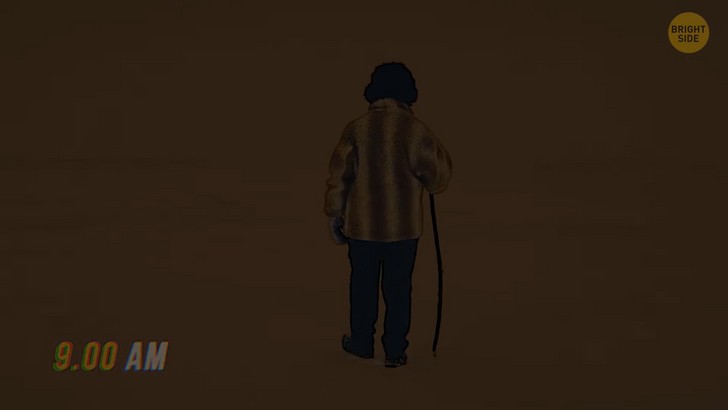
A few days before this event, the sky turned yellow. And on May 19, in broad daylight, it suddenly turned black. Here’s what one of the witnesses, Joseph Plumb Martin, later told the press, “It was very dark. People had to light candles in their houses to carry on their usual business. The night was as uncommonly dark as the day was.” The smell of soot reigned in the air. Nearby rivers were covered with a thin layer of ash.
When the real night came, people noticed through the clouds that the Moon had turned dark red. Only a couple of days later, people were finally able to see stars through the veil of clouds. And then everything suddenly returned to normal. No one had any idea what had happened.
22 years later, on June 2, 1802, a schooner named “El Dorado” sailed across the Pacific Ocean. Suddenly, they were overtaken by complete darkness. There was no storm, and the ocean was completely calm. But the whole sky was covered with black clouds. These clouds dissipated after half an hour and left no trace.
And again, 74 years later. One of the “dark waves” happened in Wisconsin on March 19, 1886. It was 3 PM, and this time, the wave was very short — it lasted only 5–10 minutes. A sudden night fell on the city. Frightened horses were neighing, and terrified people were running around, trying to find a place to hide.
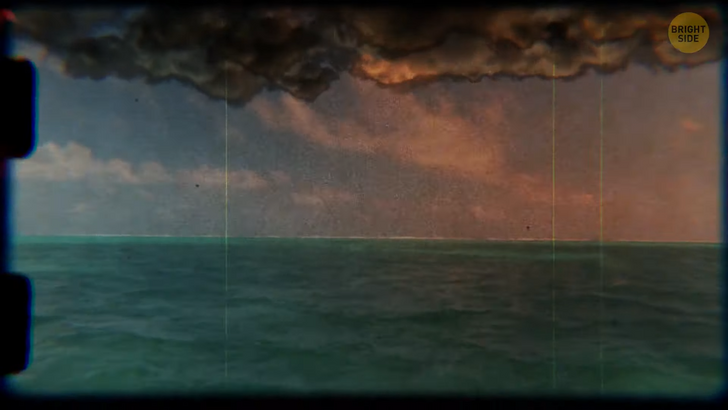
When everything calmed down, local newspapers reported that the wave passed from west to east. There was no solar eclipse, no winds or hurricanes... Nothing that could cause the darkness over the city. And finally, once again, it happened on December 2, 1904, in Memphis. Or rather that’s what rumors claim since there’s almost no scientific evidence of this event. It was clear and cold dawn over Bluff City. People were doing their usual Friday morning chores.
Then, around nine in the morning, without any warning, the Sun suddenly disappeared from the sky. It took only a minute for the bright sunny day to turn into pitch darkness. People interrupted their work, and children in schools were completely terrified. One loader clung to a telegraph pole with all his might, too scared to let go. Everyone started lighting gas and oil lamps. And, just like in previous cases, the weather was perfectly calm.
It lasted about half an hour and then suddenly ended. A little later, following a mysterious eclipse, a ferocious storm hit the city. So... What’s going on? All these strange cases can surely be explained scientifically, right? Well... Actually, scientists don’t have a definite answer. All these events are very similar, but we don’t have a single explanation that could cover them all.
Let’s take a look at some theories. The first thought that comes to mind — “it’s probably a partial or total eclipse.” But no, this is not the case. There were no eclipses on those days. And even if we consider this theory — before any eclipse, the sky darkens gradually. Eclipses themselves last only a couple of minutes; certainly not a few hours or even days. Also, unlike eclipses, these events were local to specific cities.
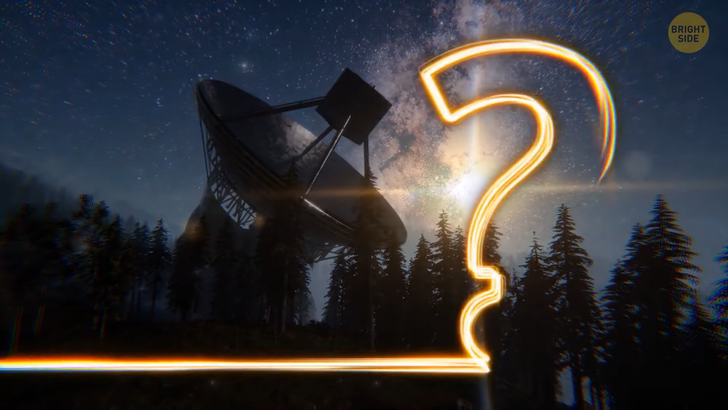
Well, maybe it’s some other astronomical event? Some scientists believed that during the event on Yamal, a band of cosmic dust touched Earth. But later, they found out that no astronomical bodies approached the planet that day. Alright, any other ideas? Forest fires could be the reason. When a large area of forest is burning at the same time, a column of air can rise to great heights, like 3–4 miles.
These air flows carry ash and other burned stuff to different places. And, since all these things are so high in the sky, they simply freeze there and turn into something resembling black clouds. That was probably the case for New England — at that time, a wave of forest fires broke out in Canada. They could easily spread to the north of the US. Also, just look at this description: yellowed sky, the smell of soot, ash on the water...
Everything sounds logical. But this theory of fires only works for the event in New England. What about the other cases? Where would you find a forest fire in the middle of the Pacific Ocean, for example? Alright, moving on. Scientists tried to explain the story from Memphis by saying it could be a hurricane.
But the black cloud swept through the city BEFORE the storm, not during or after it. And it wasn’t some kind of typical storm cloud — it was full-fledged night darkness. So what’s really going on? Now, meteorologists call this phenomenon a “local decrease in the transparency of the atmosphere.” Unlike solar eclipses, this darkness is “denser.” It also covers only a small area.
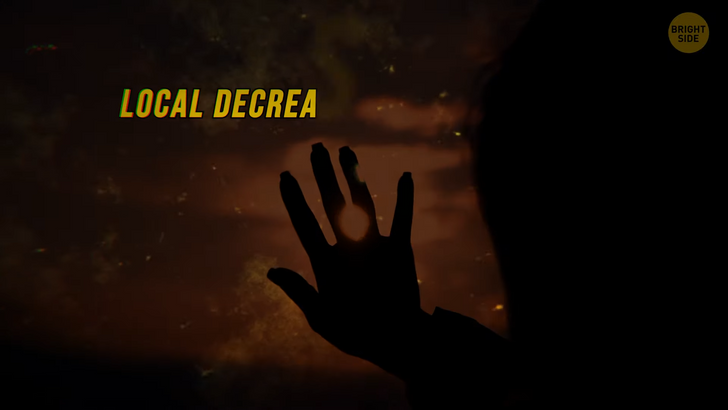
The “transparency of the atmosphere” is its ability to let through radiation and light. It’s basically, “How well can I see distant objects?” Everything can get dark and blurry, for example, because of dust in the air, volcanic eruptions, fogs, and so on.
So, according to this theory, “dark days” are just an extreme drop in the transparency of the atmosphere. But it’s still strange. If that’s the case, shouldn’t everything have been covered with thick fog or something like that? Yeah, it was very dark. But when people lit the lamps, the visibility was pretty good. Nothing blocked the view except the black clouds that covered the Sun.
In other words, this phenomenon is very hard to explain. As far as we know, it has happened only 5–6 times in the history of humankind. If there were other cases, they weren’t documented. This phenomenon is impossible to predict, and no one knows how it works — as well as where and when it will happen next time.
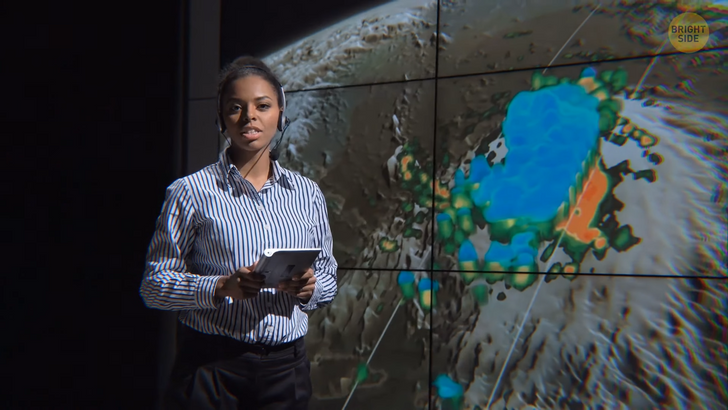
And although there are many hypotheses, none of them can be verified. Maybe if these events happen again in the future, we’ll be able to study them better. But unfortunately, at the moment, the “dark days” remain a mystery.
Do you have any theories or ideas on this? If so, write them down in the comments.











